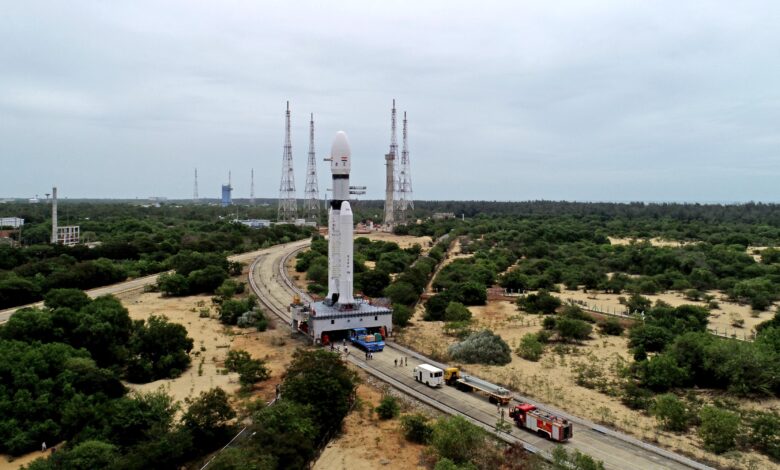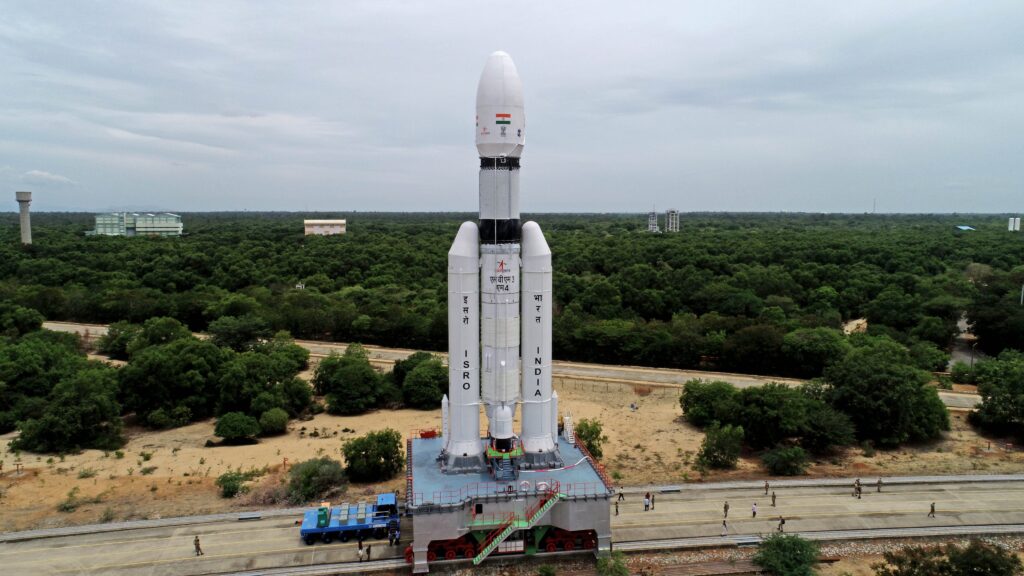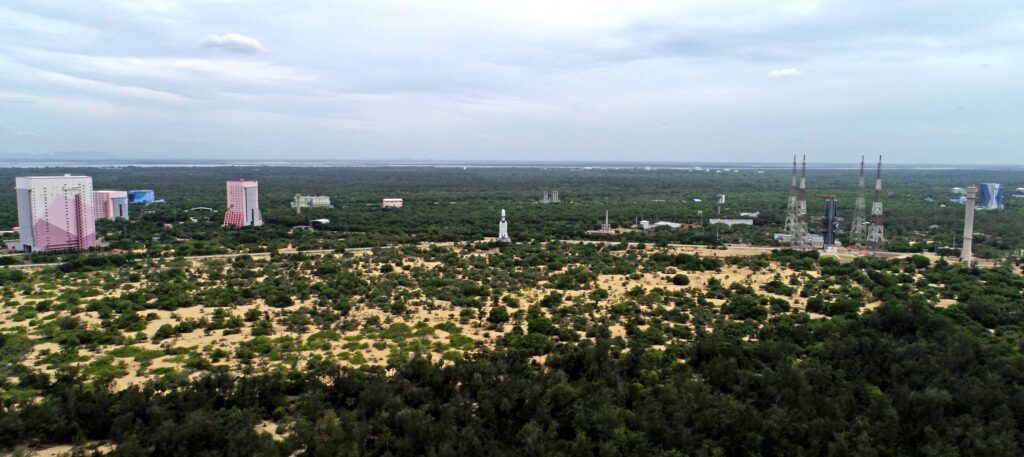India’s Chandrayaan-3 Mission Set to Propel Nation as Fourth Country to Land Spacecraft on Moon
Dr. Jitendra Singh highlights India's space advancements under PM Modi's leadership and the significance of Chandrayaan-3 in lunar exploration

Chandrayaan-3, the upcoming lunar mission scheduled to launch from Sriharikota this week, will establish India as the fourth country to successfully land its spacecraft on the surface of the Moon. Dr. Jitendra Singh, the Union Minister of State for Science and Technology, shared this significant announcement during an exclusive interview with a news agency.
Dr. Singh emphasized the remarkable advancements in India’s space expertise under the leadership of Prime Minister Narendra Modi. He highlighted that India can no longer afford to lag behind in its pursuit of lunar exploration and that other nations now view India as an equal collaborator in the space domain, as demonstrated by the Space-related agreements signed during Prime Minister Modi’s recent visit to the United States.
Chandrayaan-3, a continuation of the Chandrayaan-2 mission, aims to showcase India’s capabilities in soft landing and roving on the lunar surface. Dr. Singh emphasized the precise execution of the complex mission profile required for the spacecraft to enter the Moon’s orbit. Once successfully landed, the rover, equipped with six wheels, is expected to operate for 14 days on the Moon, capturing and transmitting images with its multiple cameras.
Dr. Singh credited Prime Minister Modi for fostering an enabling environment for space workers and making groundbreaking decisions such as unlocking the space sector for Public-Private Partnership (PPP). He expressed optimism that, based on the current trajectory of growth, India’s space sector could become a 1 Trillion US Dollar economy in the years to come.
Highlighting the primary objectives of the Chandrayaan-3 mission, Dr. Singh mentioned three key areas: demonstrating safe and soft landing on the lunar surface, showcasing rover mobility on the Moon, and conducting in-situ scientific experiments.
Dr. Singh recalled that the first mission in the Chandrayaan series, Chandrayaan-1, made a groundbreaking discovery by confirming the presence of water on the lunar surface. This finding fascinated premier space agencies like NASA, who utilized the information for further experiments. Chandrayaan-3, he noted, would operate at an even higher level and would be launched using the indigenous Launch Vehicle Mark-3 developed by ISRO.
The impending launch of Chandrayaan-3 has generated tremendous excitement across the country, particularly due to the previous Chandrayaan-2 mission’s unfortunate setback during its descent on September 6, 2019. Prime Minister Narendra Modi personally witnessed the event at Sriharikota.
Dr. Singh explained that Chandrayaan-3 has undergone modifications to enhance the robustness of the lander. Extensive ground tests and simulations have been conducted to ensure the mission’s success. The lander and rover module of Chandrayaan-3 are equipped with payloads designed to provide valuable data to the scientific community regarding the lunar soil and rocks, including their chemical and elemental composition.







